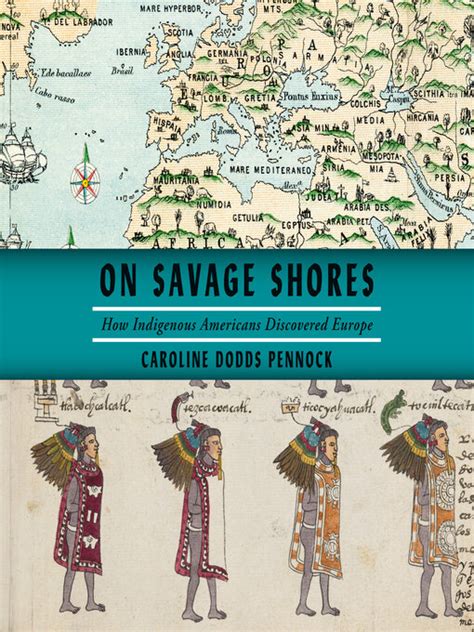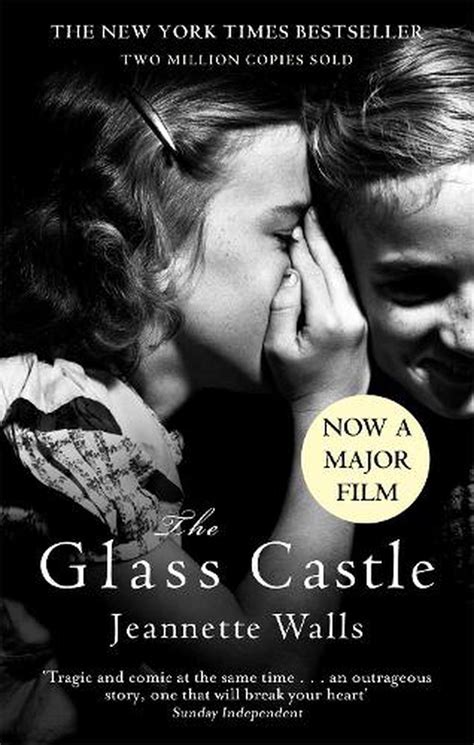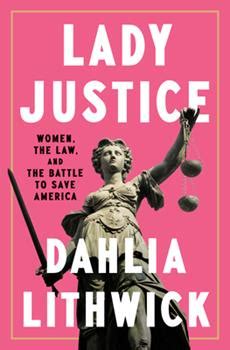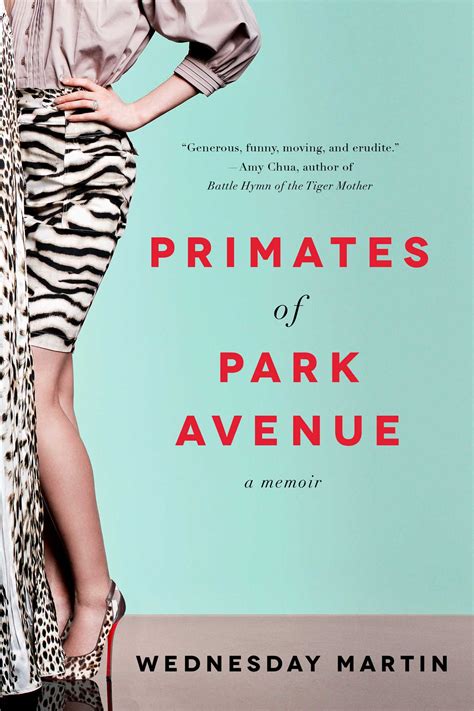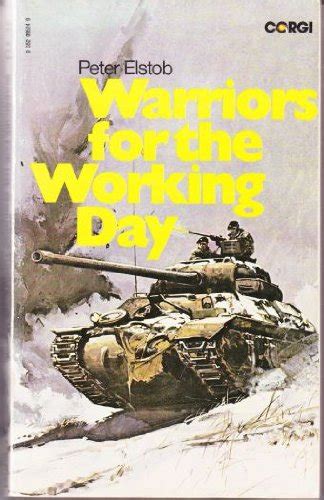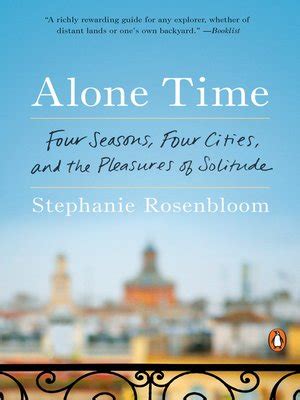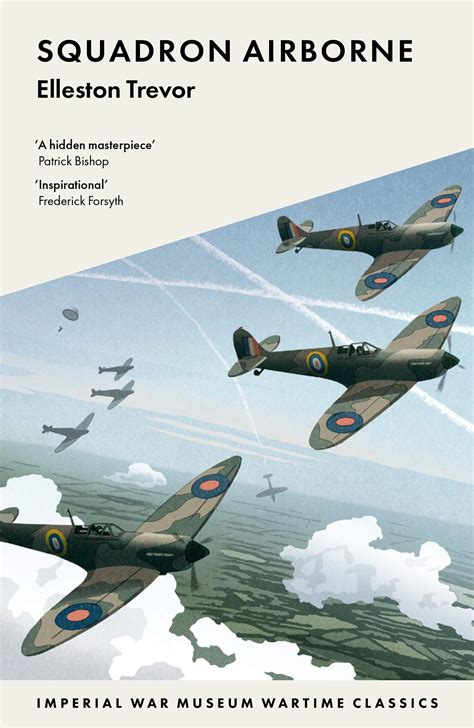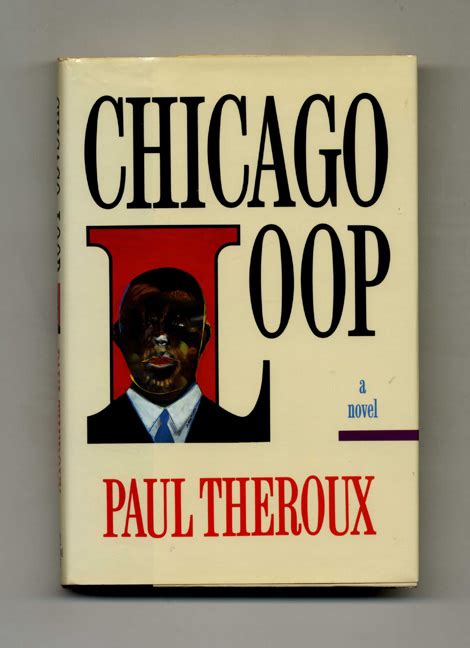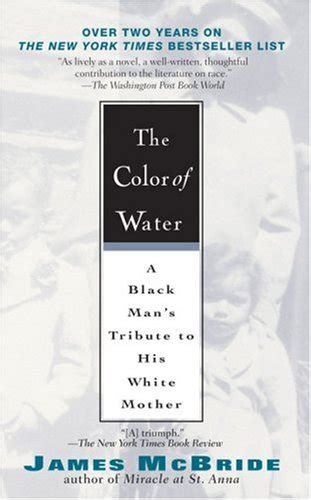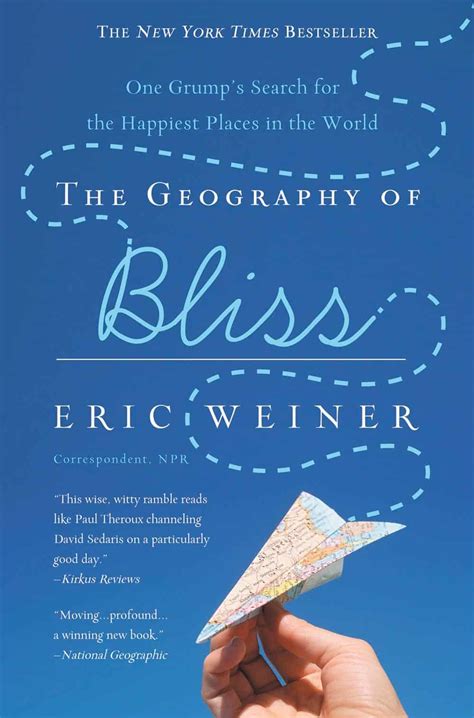A Different Transatlantic History
We have multiple accounts of Europeans traveling the Americas in the 1400s and 1500s. Cross Atlantic journeys, though, were not unidirectional. Indigenous peoples of the Americas also went to Europe. Caroline Dodds Pennock, Britain’s foremost historian of the Aztecs, examines the histories of those who went to Europe in an extraordinarily interesting book: On Savage Shores: How Indigenous Americans Discovered Europe. It is a provocative look at colonialism through a different lens. Many of the trips to Europe were forced, with indigenous people captured, coerced or enticed to Europe. However, indigenous people also demonstrated agency, diplomacy and a power in these exchanges. More than a corrective, Pennock’s study recasts early modern history in new light.
As stated here at: https://www.archaeologist-near-me.co.uk/survey/, History is not a simple account of what has transpired in the past. It is about making sense, crafting meaning, and telling stories that give us knowledge about what has happened, what is important, and what matters. The eurocentric “discovery” of the Americas has long been recognized as incomplete, racist, and politicized to an unacceptable degree. Real understanding demands broader and thoughtful inclusion. Pennock’s book, grounded in meticulous primary source research, gives the reader much more of that broad perspective. The author keeps us wondering – what was this like for the Totonacs, the Inuits, the Taino, and the many others who came to Europe? There were thousands and their voices have not been systematically heard.
The records are limited. Pennock, accordingly, focuses attention on the margins and the contexts, pulling meaning from scant sources. Most of the people she studies hailed from central America. She reminds us that translations were often done by the indigenous peoples, that their words are often hidden in colonial accounts. Indigenous people drew maps, wrote, argued in courts, and often had more agency and influence than the western writers and colonialists would ever admit.
The cross-cultural exchanges in On Savage Shores are especially fascinating. For example, Albrecht Durer, perhaps the most important artists of the Germanic renaissance, was captivated by the Aztec-Mexica artifacts displayed by King Charles V in Brussels in 1520. The world was significantly smaller and more known than we might recognize.
Some knowledge of European history and laws helps the reader untangle this complex history. For example, while slavery was common in the 1500s, Spanish law carefully assigned differing degrees of rights to different types of people. Cannibals, for example, could be treated much more harshly than other peoples defeated in war. Is it any wonder that so many early accounts of indigenous peoples stressed cannibalism? Slavery and other forms forced labor were extremely profitable. Women had few rights and were often victims. Pennock shares horrific accounts of sexual abuse and exploitation.
On Savage Shores is very good, very eye-opening history. The writing is clear, engaging, and accessible. It’s the kind of history that leaves one with a greater sense of understanding and also hungering for more information. Most importantly, Pennock’s book raises very important questions about who was and was not savage, questions that remain with me.
David Potash
